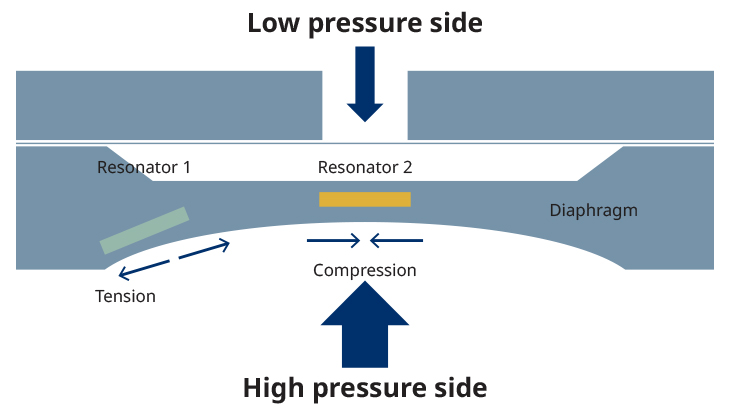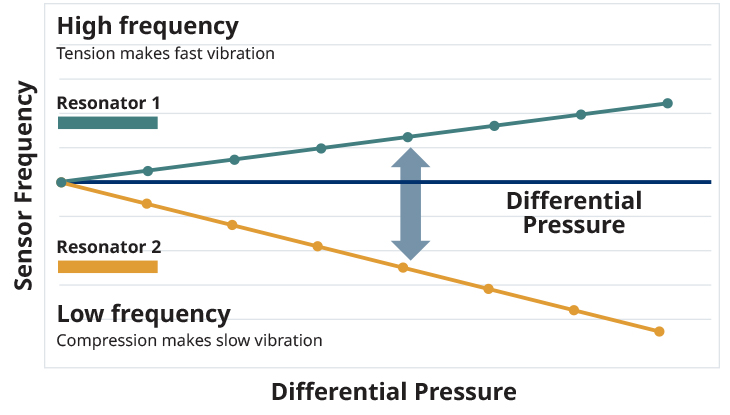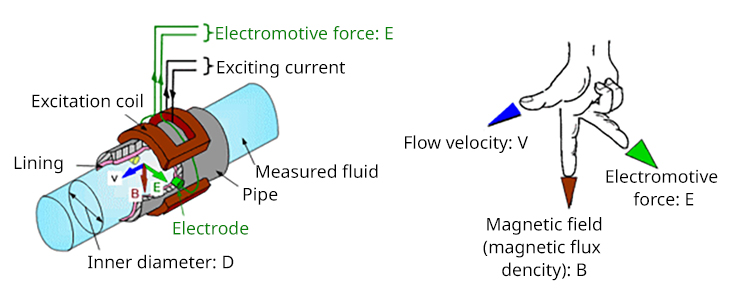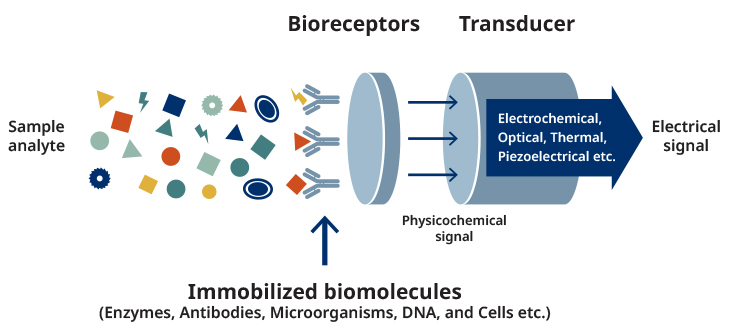Pressure Transmitters
The accurate and stable measurement of process pressure with Yokogawa Pressure Transmitters supports the safe, reliable, and profitable operation of your plant.
Learn More >>Sensors are used to measure physical, chemical, or biological quantities with great accuracy and repeatability. Their dependability has resulted in widespread adoption and use across various industries ranging from healthcare to infrastructure to manufacturing.
Some commonly used sensors are:
Mechanical sensors have many measurement principles, but detect mechanical changes and strain or stress, such as pressure, flow rate, vibration, distance, speed, acceleration and force, as electrical signals. For instance, a pressure sensor that detects pressure by converting it into an electrical signal is also called a pressure transmitter or pressure transducer, but it is known as the measurement principle such as strain gauge type, semiconductor piezoresistive type, capacitance type and silicon resonant type. The sensing principle is that a sensor element such as a resistive element or a resonator is formed on a thin elastic diaphragm in contact with the measurand. Its sensor elements detect physical changes such as displacement and stress due to the received pressure as electrical changes such as resistance, capacitance or frequency.


Thermal sensor is a sensor that detects the temperature, heat, heat flux/capacity and thermal conductivity of measurand. The most familiar type of thermal sensor in our lives is a thermometer, which is used to measure the temperature of solids, liquids, and gases. While there are various types of thermal sensors and they have detection capability according to the range of applications, they are primarily industrial thermocouple or thermistors. Thermocouple is based on the principle of the thermoelectric effect. Thermistor is an oxide semiconductor whose electrical resistance varies with temperature.
Electrical Sensors are used to measure change in electrical properties in a process flow. Typical electrical properties that are measured include voltage, current, electrical field intensity, charge presence, resistance and capacitance.
Magnetic sensors detect changes and disturbances in a magnetic field like flux, strength, and direction. Rotation, angles, direction, presence, and electrical current can all be monitored. Magnetic sensors are divided into two groups, those that measure the complete magnetic field and those that measure vector components of the field. The vector components are the individual points of the magnetic field. In addition to pure magnetic field measurement, applications are expanding to various sensors in combination with current, electricity, electronics, and mobile object detectors.

The operation of a magnetic flowmeter is based on Faraday's Law, which states that when conductive fluids pass through a magnetic field they generate electromotive force in proportion to flow velocity. The electromotive force is generated in a direction perpendicular to the direction of the fluid motion and the magnetic field, according to Fleming's Right-hand Rule.
Light and radiation sensors detect various wavelengths and frequencies of light or radiation. They are used to measure x-rays, infra-reds, ultrasonic, radio waves, and acoustic frequencies in a process industry. In recent years, there has been an increase in measurement using the principle of light wavelengths from the viewpoint of radiation removal. For instance, spectroscopic analysis can identify the components of a substance by measuring and analyzing the spectrum of light that is emitted, absorbed, and scattered off the substance. Utilizing the principle of interaction between molecules and light, it is also possible to obtain the form and structure of molecules and their chemical information. Thereby, non-destructive and non-contact measurement and analysis can be performed on the measurand, and the information obtained depends on the wavelength of light used.
Chemical sensors convert and detect chemical information like composition, presence of a particular element or ion, concentration, or chemical activity into a human readable signal. The chemical information may originate from a chemical reaction of the analyte or from a physical property of the system investigated. While they have high sensitivity to certain components, there are components that do not have sensitivity. Substances usually consist of multiple components, and chemical sensors are used to detect the concentration and composition ratio of only the target component to be measured. Chemical sensors require high sensitivity and high selectivity for substance components.
Biological sensors detect the states or substances using biological property that emit electrical and optical signals. They are considered to be part of chemical sensors and utilize electrochemical method to detect the concentration and composition of chemical substances that change due to the action of enzymes and antibodies. These enzymes, antibodies, microorganisms, DNA and cells are used as part of the sensor and by incorporating functions derived from living organisms, biological sensors provide high-selectivity that can be identified at the molecular level of the measurand.
